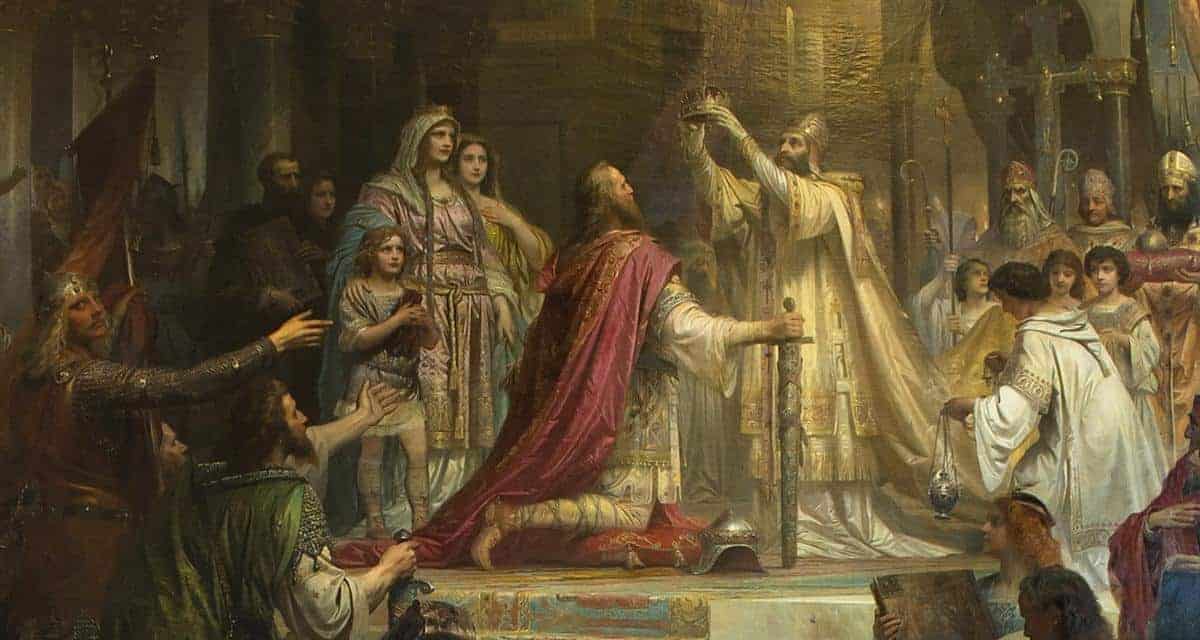
9 – Battle of Blenheim (1704)
The War of Spanish Succession began in 1701 and ended in 1714, and the Battle of Blenheim is arguably the most famous battle during the conflict. It pitted the Franco-Bavarian army against the Grand Alliance which included the Holy Roman Empire, England, Scotland, Austria and a few other allies. The French King, Louis XIV, made a bold move to remove the Holy Roman Empire, under the leadership of Emperor Leopold I, from the war by taking the Habsburg capital Vienna.
The city of Vienna was under threat from two sides; the forces of Marshal Marsin and the Elector of Bavaria from the west, and Marshal Vendrome’s huge army in the north of Italy. There was also the small matter of a Hungarian revolt in the east. The Duke of Marlborough understood the danger, and the English commander brought his army towards Vienna to assist Leopold. Marlborough used his cunning to march 400 kilometers to the River Danube in five weeks in relative secrecy. He aimed to force the Bavarians and Marsin into battle before Marshal Tallard arrived with reinforcements.
He was unsuccessful as Tallard arrived, but Marlborough was boosted by the arrival of Prince Eugene of Savoy who brought reinforcements. There is some dispute over the respective strength of the armies, but they were probably comparable in size. Modern estimates suggest the French and Bavarian forces had 60,000 men against the 56,000 strong force of the Grand Alliance. In the midst of battle, Marlborough was able to sustain an assault against the French center with the aid of Eugene’s cavalry corps. Tallard was taken prisoner and while the Allies lost 12,000 men, the French and Bavarians lost over 30,000 men; 18,000 died, and the rest were taken, prisoner.
It was the French army’s first defeat in over half a century and proved that Louis’ army was not the invincible force of lore. The victory at Blenheim looked set to turn the tide of the war in favor of the Grand Alliance as it captured several towns in preparation for an assault on France in 1705. However, the French launched a counteroffensive which forced the Allies to defend the city of Liege. The war continued until 1714 when the treaties of Utrecht (1713) and Rastatt (1714) partitioned the Spanish Empire and ended the conflict.

